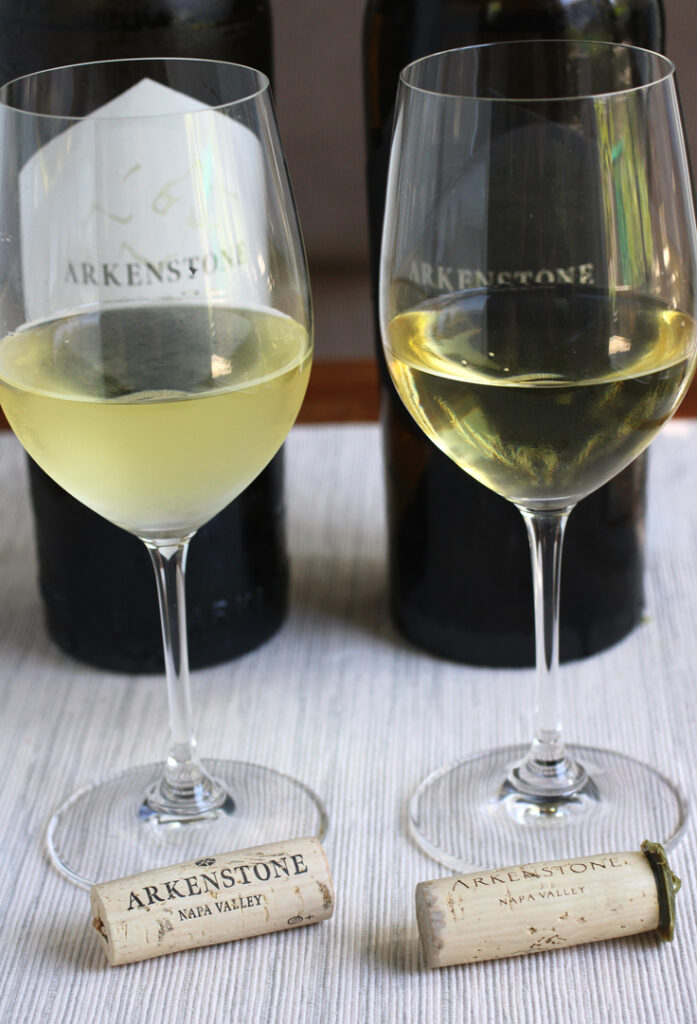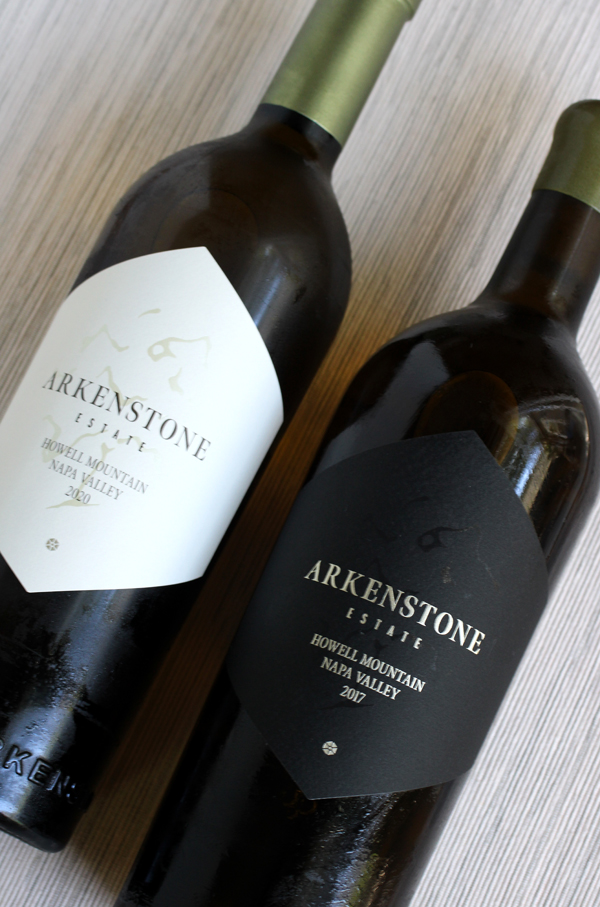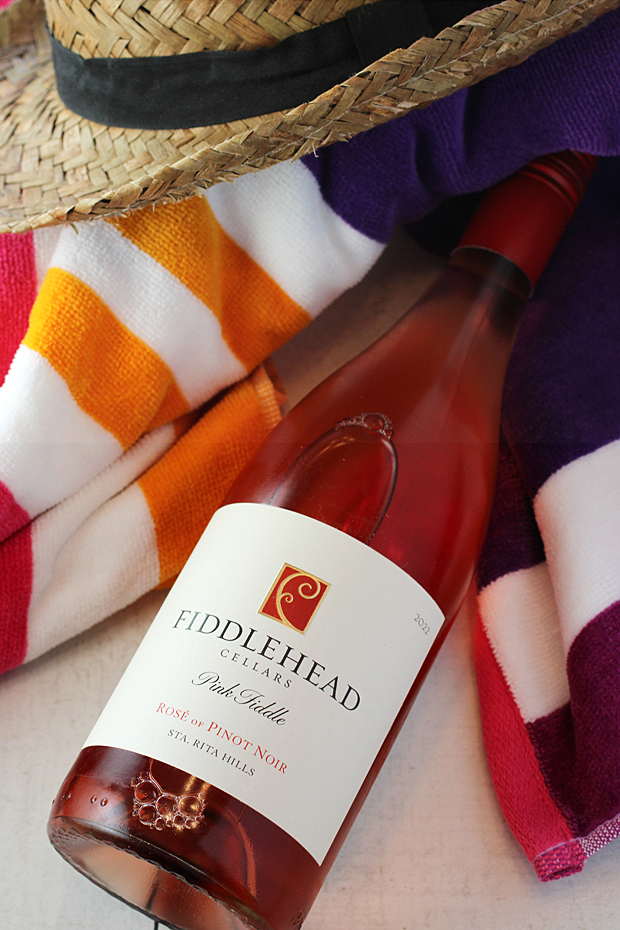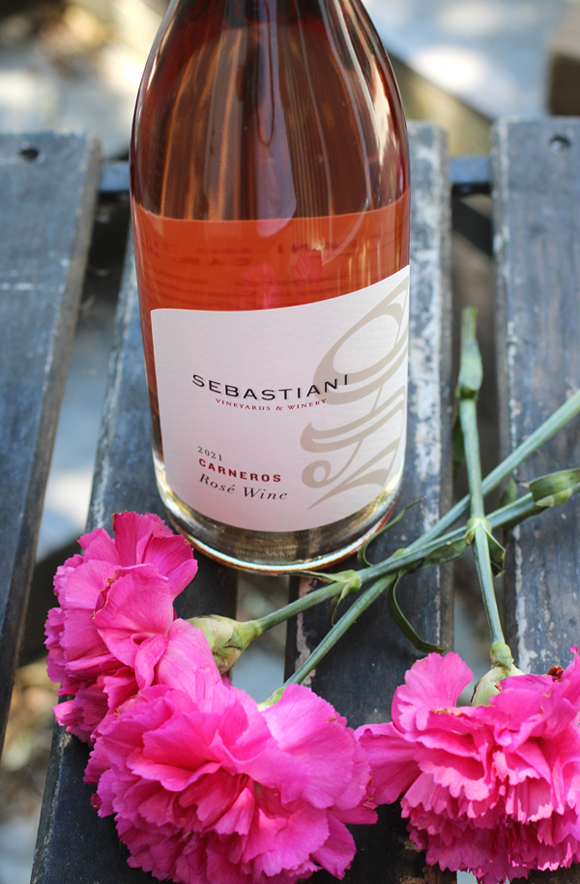Sip, Sip, Hooray: Part 4

Arkenstone Sauvignon Blanc
Moderately priced, racy New Zealand Sauvignon Blancs are my usual go-to spring and summer sips. Napa Valley’s Arkenstone Sauvignon Blancs stand in stark contrast to those.
With the 2020 Arkenstone Howell Mountain Estate Blanc priced at $125, and the 2017 Arkenstone Howell Mountain Estate Reserve Sauvignon Blanc priced at $200, these wines, which arrived as samples, were surely the most expensive Sauvignon Blancs I’ve had.
They’re crafted by winemaker Sam Kaplan, who has been with the small, family-owned winery since 2006. Owned by husband-and-wife Ron and Susan Krausz, this high-elevation Howell Mountain property rises to more than 1,650 feet above sea level.
That means the organically farmed, 13-acre estate vineyard sits above the fog line, making for more hours of sunlight that translates into riper, more concentrated grapes.
The 2020 Estate Blanc is a blend of 94 percent Sauvignon Blanc and 6 percent Semillon. Aged 11 months sur-lie in a concrete egg, new French oak, and used French oak, it’s further bottle-aged for 18 months.
Light straw in hue, it has a more voluptuous body closer to that of Chardonnay but with plenty of acidity and minerality. It smells of honeysuckle and geranium; and tastes of juicy melon and pear with a touch of citrus.
It might be sacrilege to pair a spendy wine like this with paprika-chili-spiked fried chicken, but what a way to elevate picnic food.

The 2017 represents the debut of Arkenstone’s reserve Sauvignon Blanc. One hundred percent Sauvignon Blanc, this wine spends almost two years sur-lie in French oak, then is bottle-aged for 18 months, and finally, sealed with wax.
Golden in color, it has a fuller, rounder taste yet still has plenty of acidity, as well as a flinty note and even shades of artichoke.
Call it high-brow with low-brow, but with its richer mouth feel it is truly delightful with home-made mac ‘n’ cheese.
With only 50 cases produced of the 2017 Reserve and 418 cases of the 2020 Estate Blanc, both are sold out on the Arkenstone site. However, if you hunt around, you can still find bottles available at Rye Brook Wine & Spirit Shop, and Benchmark Wine & Spirit. Or sign up on the Arkenstone web site to join the allocation wait list for the next releases.
Cheers: J.R.R. Tolkein fans will get a kick out of the fact that Arkenstone, the “heart of the mountain,” takes its name from the precious gem with the impossibly iridescent glow that played a pivotal role in “The Hobbit.”
2022 Fiddlehead Cellars “Pink Fiddle” Rosé
When the days are long and balmy, all attention turns to rosé. Well, at least mine surely does.
And a winning one is the 2022 Fiddlehead Cellars “Pink Fiddle” Rosé ($32), of which I received a sample.
Winemaker Kathy Joseph founded her Lompoc winery in 1989 to specialize in Sauvignon Blanc and Pinot Noir.

The vivid color of watermelon, this wine is crafted from single-vineyard Pinot Noir grapes grown in the Santa Rita Hills. It is fermented entirely in stainless steel, preserving its racy acidity, due to the care that Joseph takes in picking grapes that are low in sugar and high in natural acid.
This rosé has a slightly fuller body, and tastes of tart strawberries, raspberries, cherries, and a pinch of cinnamon. Enjoy with just about anything you love to nosh on in summer.
Cheers: It took Joseph two years to hit on a name for her winery. An avid gardener, she noticed a coiled frond of a nascent leaf one day while tending to her fern bed. Voila — Fiddlehead was coined to represent the elegant emergence of these wines.
2021 Sebastiani Rosé, Carneros
When a winery has stood the test of time for nearly 120 years, you know it has to be doing something right.
Sebastiani Vineyards & Winery has indeed been crafting wines in Sonoma County for that long, ever since being founded by Samuele Sebastiani, a stonemason from Tuscany. The cobblestones that he mined in the Sonoma Hills were used to build the streets of San Francisco. From that work, he saved up his money to buy land in Sonoma County.
The winery is now owned by Bill Foley, who is also is the chairman and CEO of the Vegas Golden Knights pro hockey team, as well as the executive chair of the board of directors for Fidelity National Financial, Inc.

The 2021 Sebastiani Rosé from Carneros ($28) is pale pink salmon in color with a slight viscous quality. The wine is 85 percent Pinot Noir and 15 percent Muscat Canelli, and aged in 100 percent stainless steel.
It smells of rhubarb and watermelon, and tastes of fresh strawberries, raspberries, and juicy orange.
Enjoy with a salad of cubed watermelon, feta, and mint or crudo garnished with pickled strawberries.
Cheers: Did you know that Sebastiani was the only winery in Sonoma County to continue making wine through Prohibition? It did so by making sacramental and medicinal wines. Historians like to jest that a lot of folks sure did seem to get religious or be in need of “medicine” in those days.
